- Status epilepticus has a distinct pathophysiology that remains poorly understood; interestingly, in animal models, many of the basic underlying mechanisms appear to be common regardless of how seizures are initiated. A single seizure is transformed into a self-perpetuating and pharmacoresistant disorder through a cascade of extrinsic signaling followed by intrinsic nuclear events.
- Detailed treatment approaches for status epilepticus, delineating first-line, second-line, and third-line antiepileptic drugs.
- STESS prognostication scores primarily being used for research purposes but may have indication in clinical settings.
Latest Updates
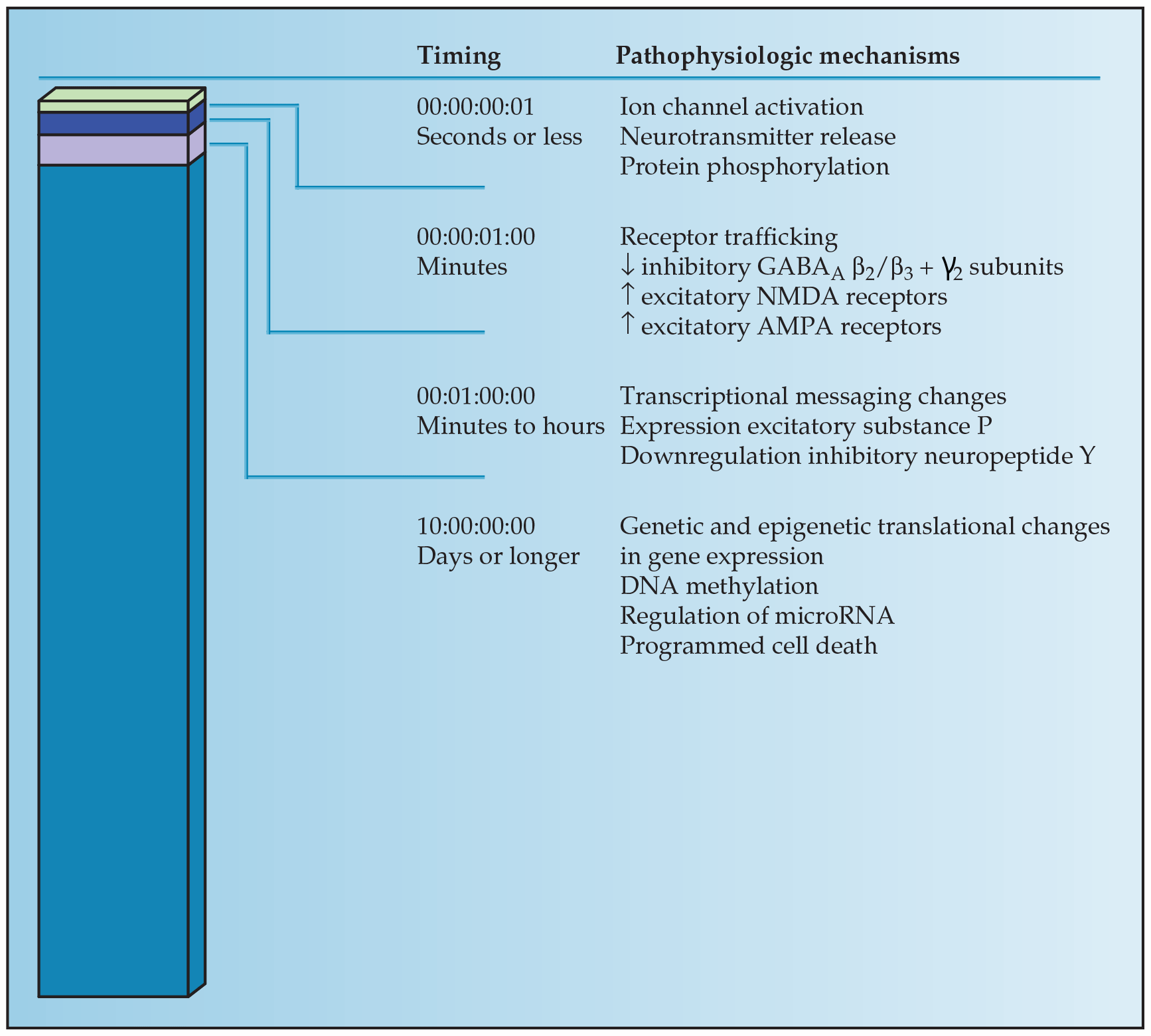
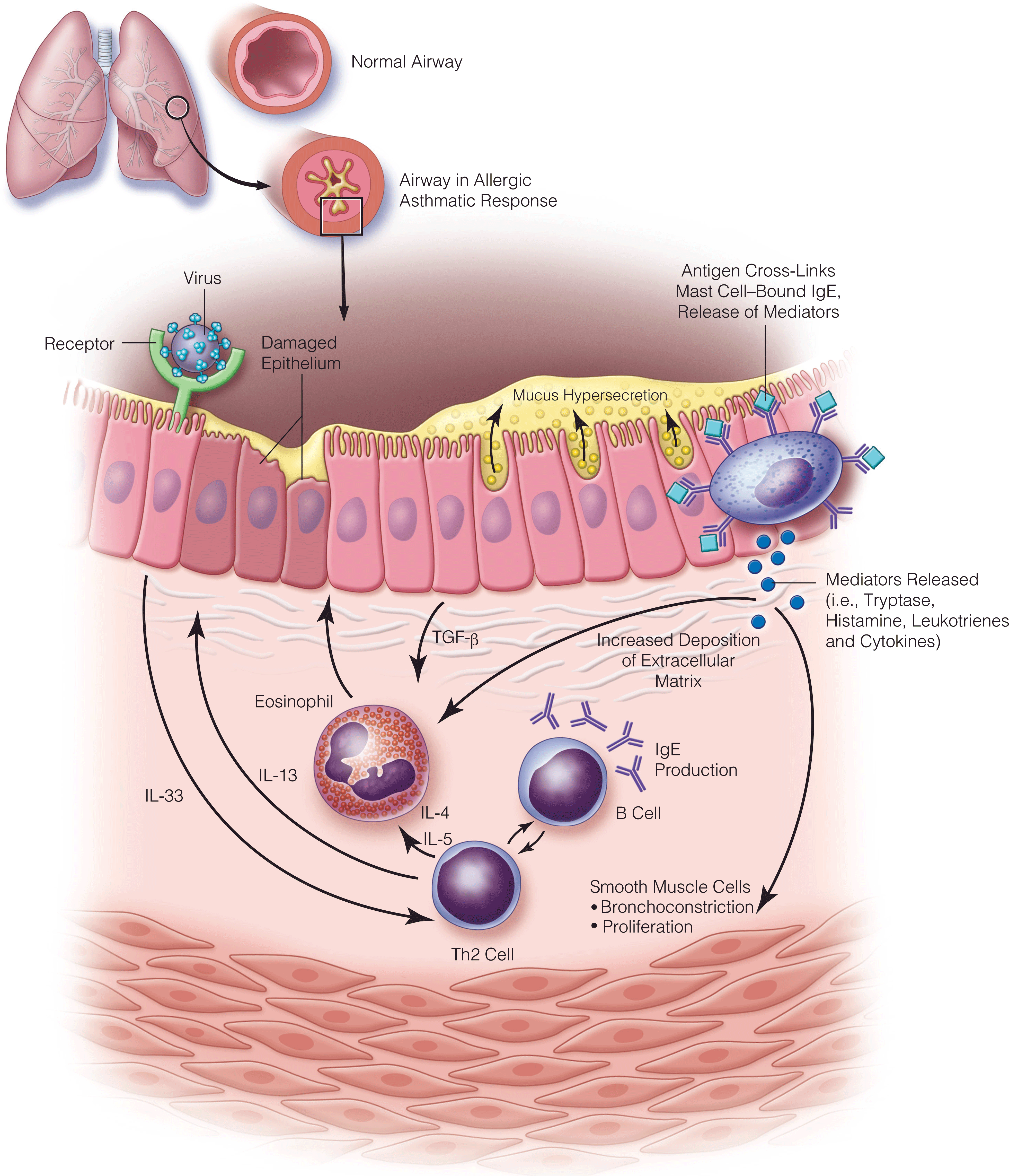
- ATS guidelines for exercise-induced bronchoconstriction, asthma in the elderly, and asthma in the workplace
- ERS/ATS guideline for severe asthma discusses pharmacologic modalities of asthma management and bronchial thermoplasty.
- 2020 GINA practice guidelines no longer recommend treatment with SABA alone, without inhaled ICS. Recommend that all adults and adolescents with asthma should receive ICS-containing controller treatment.
- 2020 NAEPP practice guidelines delineating optimal treatment steps in adolescents and adults with asthma. This includes bronchial thermoplasty and immunotherapy.
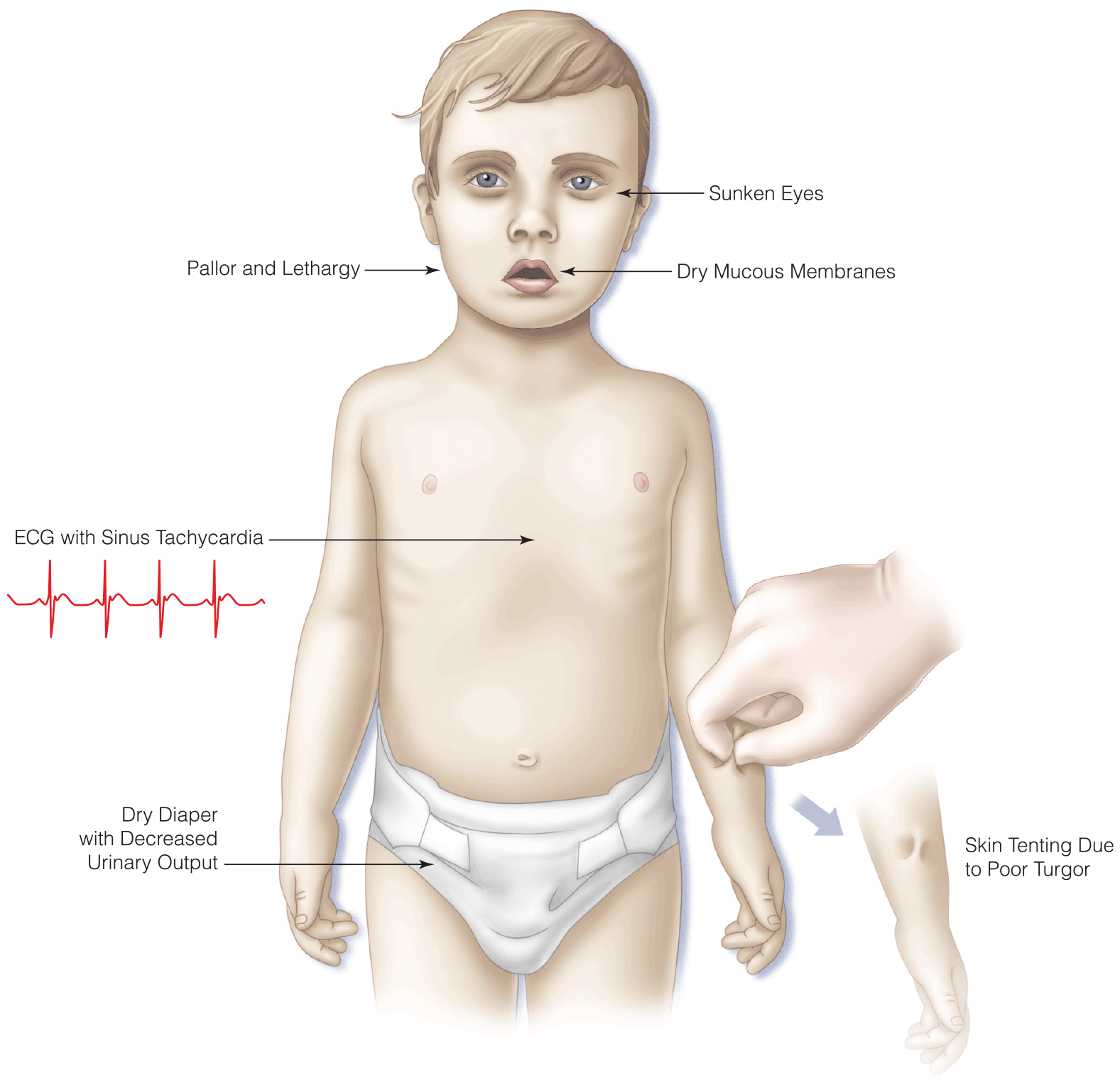
Pediatric Infectious Diarrhea and Dehydration
- Volume resuscitation in suspected hemolytic-uremic syndrome
- Clostridium difficile in the pediatric population
- Evaluation and management of suspected pediatric dehydration
- Efficacy of rotavirus vaccine and epidemiology of viral gastroenteritis
- Probiotics and their role in prevention of infectious diarrhea
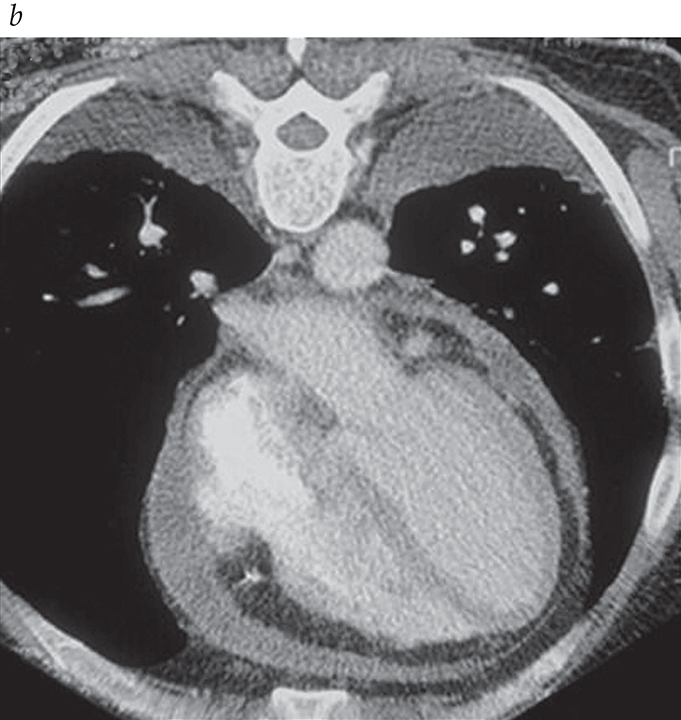
- ATS guidelines for exercise-induced bronchoconstriction, asthma in the elderly, and asthma in the workplace
- ERS/ATS guideline for severe asthma discusses pharmacologic modalities of asthma management and bronchial thermoplasty.
- 2020 GINA practice guidelines no longer recommend treatment with SABA alone, without inhaled ICS. Recommend that all adults and adolescents with asthma should receive ICS-containing controller treatment.
- 2020 NAEPP practice guidelines delineating optimal treatment steps in adolescents and adults with asthma. This includes bronchial thermoplasty and immunotherapy.
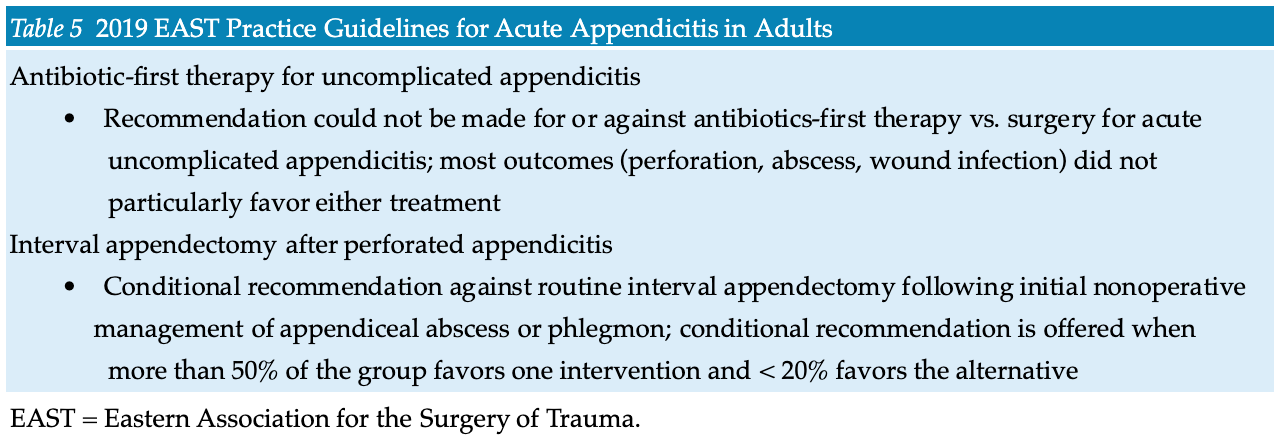
- Bedside right lower quadrant ultrasonography to assess for acute appendicitis is rapid and noninvasive and does not involve ionizing radiation. Studies have validated that nonradiologist clinicians, when trained properly, can safely and accurately perform this examination, with sensitivities and specificities similar to those achieved by radiologists.
- Ultrasonographic detection of either a complex fluid collection or abscess is reported to be 99% specific for diagnosis of a perforated appendix but only 36% sensitive.
- A recent randomized controlled trial of amoxicillin-clavulanate versus appendectomy demonstrated the noninferiority of antibiotics for treatment of acute noncomplicated appendicitis but did not demonstrate an increased rate of complications in the appendectomy group. However, a Cochrane review of antibiotic therapy versus operative management did not find conclusive data to support antibiotic therapy and concluded that appendectomy remains the gold standard treatment.

- Bedside right lower quadrant ultrasonography to assess for acute appendicitis is rapid and noninvasive and does not involve ionizing radiation. Studies have validated that nonradiologist clinicians, when trained properly, can safely and accurately perform this examination, with sensitivities and specificities similar to those achieved by radiologists.
- Ultrasonographic detection of either a complex fluid collection or abscess is reported to be 99% specific for diagnosis of a perforated appendix but only 36% sensitive.
- A recent randomized controlled trial of amoxicillin-clavulanate versus appendectomy demonstrated the noninferiority of antibiotics for treatment of acute noncomplicated appendicitis but did not demonstrate an increased rate of complications in the appendectomy group. However, a Cochrane review of antibiotic therapy versus operative management did not find conclusive data to support antibiotic therapy and concluded that appendectomy remains the gold standard treatment.

General Approach to the Poisoned Patient
- Intravenous lipid emulsion (ILE) therapy is a more recent addition to the armamentarium employed to increase toxin elimination. Most data are in the form of case reports, and a recent review of ILE was unable to provide absolute indications for its use. However, ILE was reported to be most useful in overdoses of local anesthetics (e.g., bupivacaine, ropivacaine, mepivacaine), haloperidol, lipophilic tricyclic antidepressants and beta blockers, some calcium channel blockers, and bupropion. ILE is recommended in the resuscitation of patients exhibiting hemodynamic instability in the setting of an acute overdose of lipophilic substances.
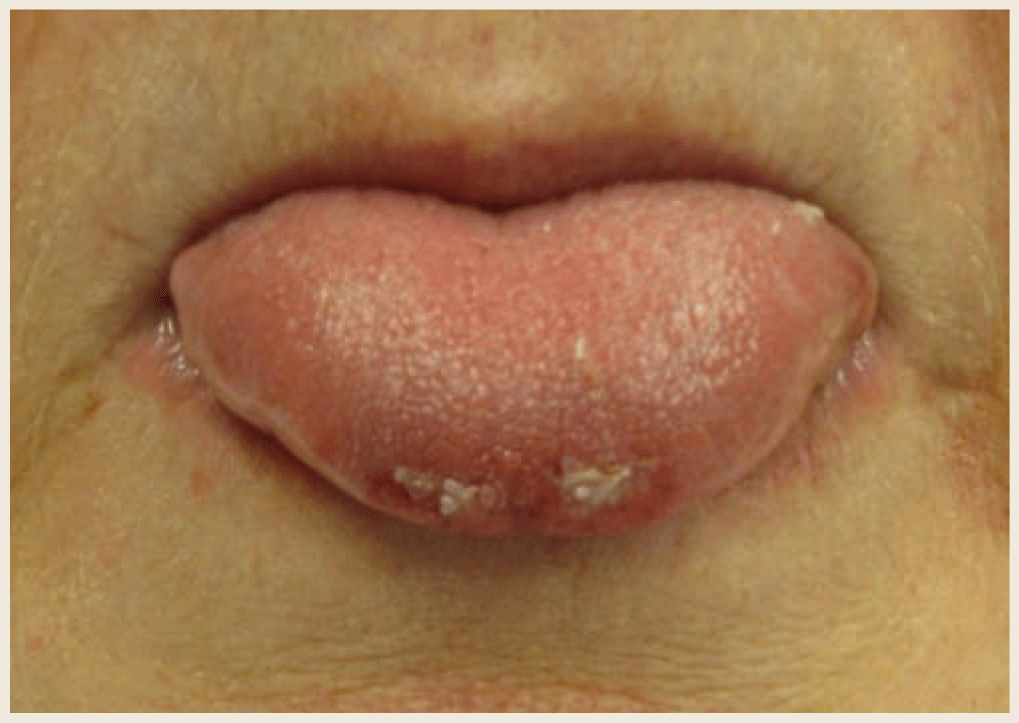
Pediatric Seizures and Status Epilepticus
- Pediatric seizures between the ages of 6 months and 6 years are most commonly febrile seizures. The majority are simple and do not require further workup or admission, however, non-CNS and CNS infections can also cause seizures and must be considered in the setting of seizure and fever. LP should be considered in all patients who either are < 1 year of age, demonstrate meningismus or have a prolonged seizure or post-ictal period, or appear toxic without a known source.
- Benzodiazepines remain the mainstay for first-line seizure management. Multiple studies demonstrate non-inferiority of early IM and intransalal midazolam and rectal diazepam to the historic standard, IV lorazepam.
- Levetiracetam may be a safe alternative as first or second-line therapy. Current studies demonstrate its safety and efficacy. Non-inferiority studies are lacking, however, it is a generally safe medication with fewer side effects and interactions than fosphenytoin and phenobarbital, which are the current standard for second line seizure medication.
- Medication non-compliance or under-dosing is the a common cause of seizures in patients with known epilepsy, rendering it useful to check antiepileptic serum drug levels.


.png)







